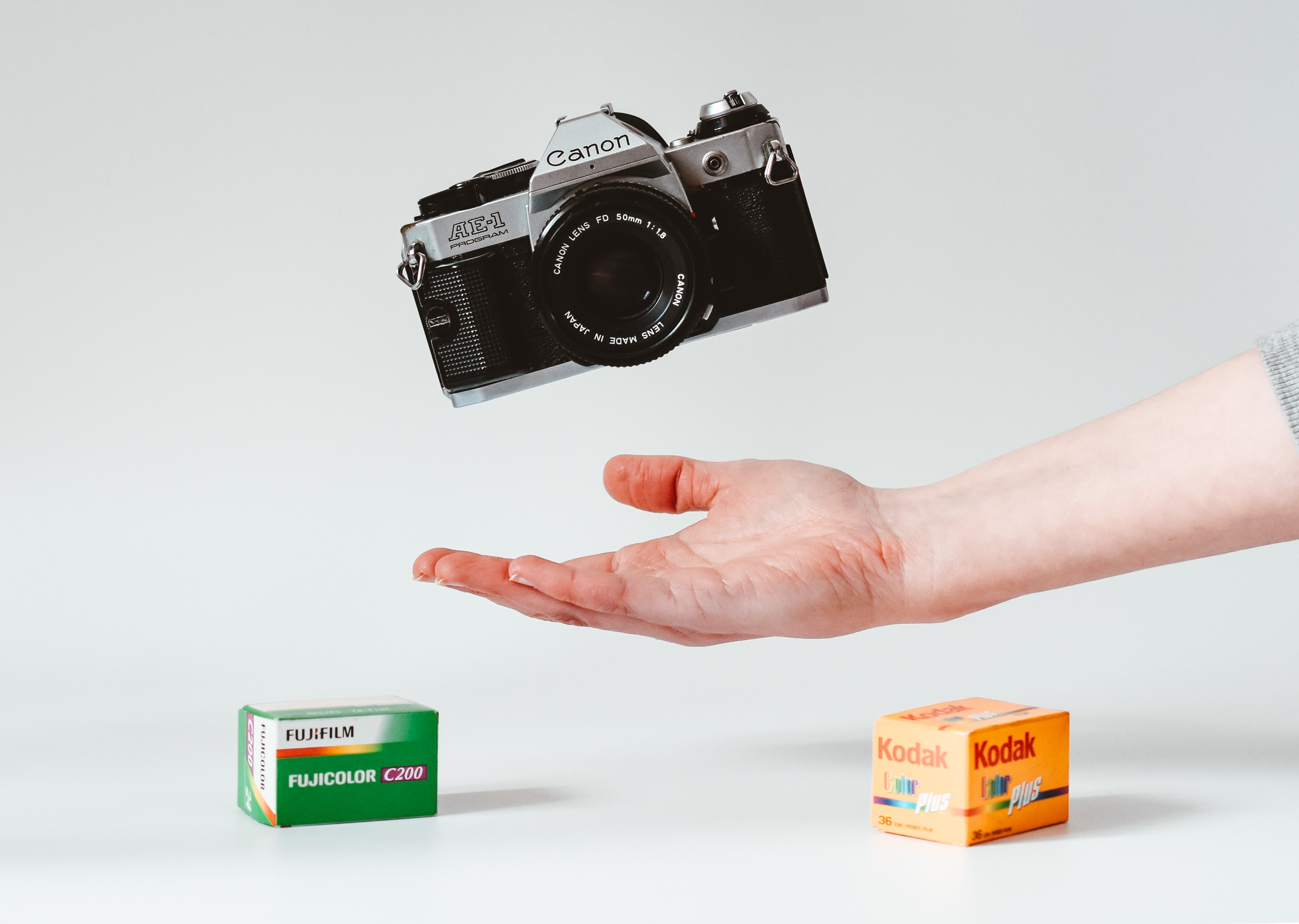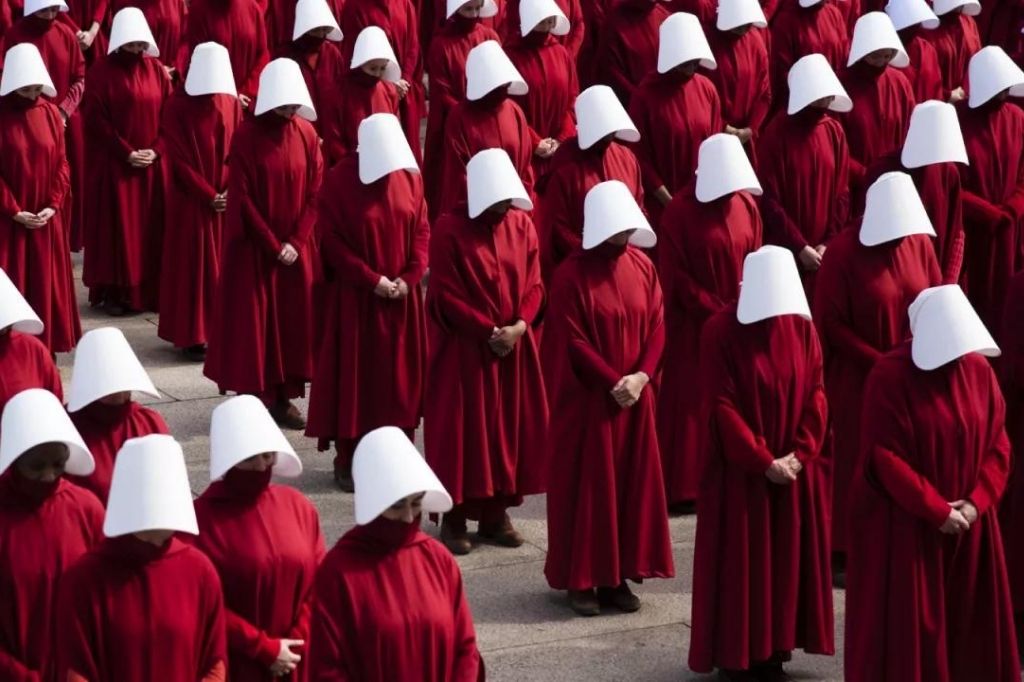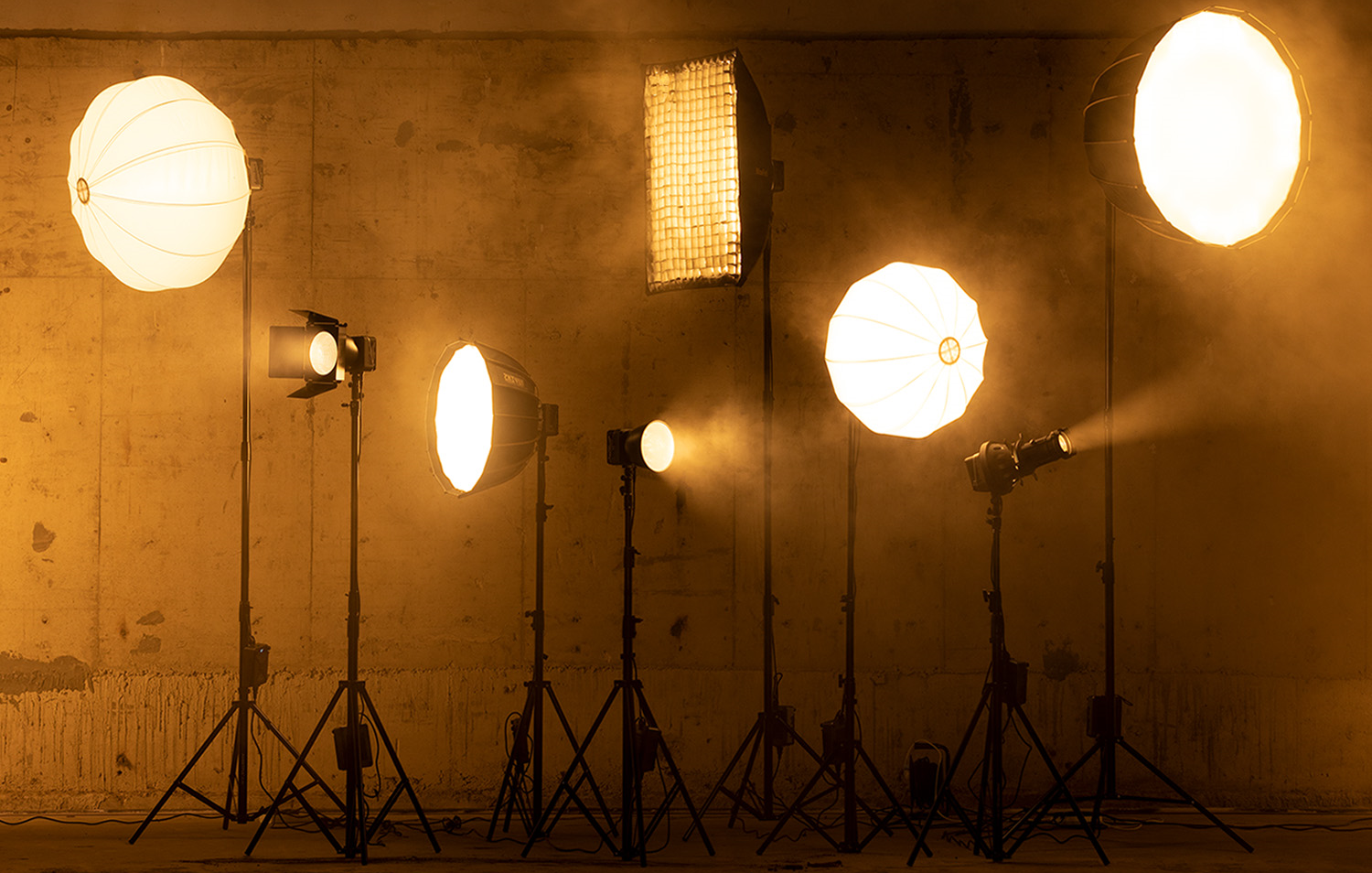A list of popular photographic terms and what they mean.
Aperture: An Aperture is an adjustable opening in a lens; it controls how much light is allowed to reach the image sensor or film. A diaphragm (usually made up of plastic or metal leaves) acts as the aperture stop, controlling the effective diameter of the lens opening (much like the iris of the eye). The lens aperture is measured in f-numbers (i.e.: f1.4; f2.8). High numbers refer to a small opening, while lower numbers refer to large openings. The smaller the aperture is the larger the depth of field is.
Aspect Ratio: Aspect ratio refers to the width-to-height ratio of an image. The traditional 35mm film frame (or full frame on a DSLR) is roughly 36mm wide and 24mm high – an aspect ratio of 36:24 or 3:2. An aspect ratio of 3:2 generally produces a 6″x4″ print.
Autofocus: Autofocus (or AF) systems allow a photographer to take in-focus pictures without having to manually adjust their camera. Autofocus allows the lens to obtain sharpness at the focus point. An AF system relies on one or more sensors to gauge the correct focus. Most modern SLR cameras now use through-the-lens optical AF sensors.
Batteries: Digital cameras use a variety of different batteries as power sources. The most common kinds are: rechargeable AA batteries, disposable AA batteries and Lithium-ion batteries. Lithium Ion batteries are by far the most popular choice for digital cameras due to their compact size and long life span. LI batteries are usually either 3V, with types including CR2 and CR123A, while 6V types include CRP2 and 2CR5.
Bits: The terms bits originally comes from the world of computers where it refers to ‘binary digits’. A bit represents a value of 0 or 1 in computing. In digital photography the colour black has a value of 0 and the colour white has a value of 1. Therefore: an 8 bit image has 256 tones.
Compression: Image compression is reducing the size of the image for digital storage. The biggest consideration when compressing an image is the effects of the compression on the quality of the image. The two most common compressed graphic image formats are the JPEG format and the GIF format.
Conversion Lens: A conversion lens is a lens which allows you to improve the lens capacity of your SLR camera. There are three types of conversion lenses, namely: telephoto, zoom and macro. Conversion lenses come with different magnification factors and will usually be measured as a 1.75x, a 2x etc this means your new lens capacity will be your current magnification multiplied by the number on the conversion lens.
Depth of Field: Depth of Field refers to the area of a picture that is in focus. If you want the entire image to be in focus and sharp you choose to have a large depth of field. If, however, you want to focus on a specific point or subject within an image, a small depth of field is more appropriate.
Digital Zoom: Digital zoom recreates the effect of a telephoto lens as it makes an enlargement of (magnifies) an image making it seem closer and bigger. In actual fact the image is being cropped – making the angle of view narrower and negatively affecting the quality of the image.
Distortion: Barrel distortion is a lens effect often associated with wide angle lenses. The effect causes images (especially images of perfectly straight lines) to appear rounded at the edges. This is particularly visible in images where the straight lines occur at the edges of the image – when they seem “bowed” due to barrel distortion.
The opposing kind of distortion is pincushion distortion. This is apparent when straight lines towards the centre of an image appear to be bowed inwards. This effect is usually seen in cheap or older telephoto lenses.
Dynamic Range: Dynamic range refers to the maximum and minimum intensity of colour/brightness possible in a digital photographic image. It refers to the amount of detail a camera (or printer at the printing stage) can show between the brightest and darkest points in an image.
Effective Pixels: Effective Pixels are the number of pixels used in the final image, as opposed to the total pixels picked up by a DSLR camera’s sensor. The total pixels include light-shielded pixels around the sensor.
Exposure: Exposure refers to the film or sensor’s ‘exposure’ to light when capturing an image. The exposure is usually a reference to a single shutter cycle (a long exposure will be used in low light conditions and vice versa). Exposure is measured in lux seconds. Exposure is also determined by how wide you open the aperture and the sensitivity setting of your ISO.
Firmware: Firmware is the software that controls all the basic functions on a digital camera. It is usually incorporated into a hardware chip, often a ‘ROM’ chip. Sometimes after a camera has already been released the manufacturers will release firmware updates to fix glitches or provide additional functions.
Flash: Flash is an intense white light, it is a dedicated light source (often built into the camera itself) to improve the quality of the image in situations where there is not enough light available naturally.
Focal Length: Focal length refers to the magnification and angle-of-view of a lens. Focal length is a measure of the distance from the surface of a lens to its focal point. The longer the focal length of a lens the more useful it is for shooting subjects at a greater distance.
Hard Drive: A hard drive is a device used to store digital data. In photography a hard drive usually refers to an external storage device as it is usually referring to a secondary storage device and not your computer’s hard drive.
Histogram: A histogram indicates the distribution of colours in your image. You can use the histogram to decide if your image is going to be too dark. The histogram maps the tonal range in a given photograph, graphing the tones in your image from black (on the left) to white (on the right).
Image Stabilisation: Often referred to as IS, VR (Vibration Reduction) by Nikon, or OS (optical stabilisation) by Sigma. Image stabilisation aims to reduce blurring to photographs (from when your hands shake, or your breathing). With IS it is possible to shoot photographs 2-4 times slower. IS does not however prevent motion blur (i.e.: if you’re shooting an animal running or extreme sports).
ISO: ISO refers to the international standard to measure film speed. Today it is more to do with an indication of the sensitivity of the image sensor, and the best image quality is usually found at the lowest ISO setting. However a higher ISO setting will give a photographer more leeway in a low light situation.
JPEG: The acronym JPEG stands for Joint Photographic Experts Group. A JPEG is a standard measure of image compression (way of reducing the file size of a digital image); however the method does lose some of the data as it compresses the file.
LCD: LCD stands for Liquid Crystal Display. An LCD is a flat screen display which can be used as a viewfinder on a digital compact camera; you can also look at previously taken and stored images.
Light Meter: A light meter is a device used to measure the amount of light available to take photographs. The light meter is one of the most heavily relied on tools for a photographer, as the correct exposure can only be reached by making use of the light meter. The majority of photographers use their camera’s internal light meter – a reflective light meter. A DSLR camera has various light meter settings for different situations (e.g.: spot meter, matrix meter). Certain professional photographers (usually fashion photographers) make use of a hand-held incident light meter, which measures the amount of light falling on a subject.
Lenses: The lens of a camera is a curved piece of transparent glass that focuses images. However, modern camera lenses are not just made up of a single lens, but rather several lenses working together to capture an image.
Macro: In photography the term Macro refers to extreme close-up photography. Macro photography usually fills the frame with an image of an object that is far smaller in the real world. Macro photography is useful in taking photographs of insects or small plants. When using Nikon products, Macro is referred to as “micro”.
Manual Focus: Manual focus allows a photographer to control a camera’s focus on an image. Usually this is accomplished by rotating a focus ring on the lens or pressing focus buttons on the camera. Manual focus is becoming somewhat of a ‘lost art’ as most cameras produced these days come with an autofocus function.
Manual: All cameras come with a manual. The manual will explain all the functions and parts on the camera. When learning photography it is strongly recommended that you read the camera manual thoroughly.
Microlenses: A microlens usually refers to the lenses that make up a CCD. The lenses cover each pixel and focus the light accurately onto the pixel.
Noise: Noise is an imperfection in an image as a result of electrical interactions between the electronic sensors on the camera and external electrical sources.
Noise Reduction: DSLR cameras are less prone to noise than digital compacts as they have noise reduction features built in, and are also less prone to noise as their sensors are
larger and therefore have more space between pixels. Most noise reduction can be accomplished in an editing programme such as Photoshop.
OLED: Organic Light Emitting Diode is an alternative screen to the more common LCD screen found on most digital cameras. An OLED screen doesn’t require backlighting and is therefore more energy efficient and can be viewed in brighter lighting conditions from more angles.
Optical Storage: Optical storage is a method of storing digital files. Data is read with a laser and saved on a CD or DVD. Optical storage is slower than saving your files on a hard drive and has lower storage capacities.
Perspective: In photography the term perspective deals with the difference in spatial relationships in an image which is a two-dimensional representation of a three- dimensional image. Perspective essentially deals with the difference in size of objects in the foreground and in the background of images.
Photoshop: Photoshop is the short name given to Adobe’s graphics editing programme. Digital images can be manipulated and corrected using Photoshop and it has become an invaluable resource for photographers.
Pixels: The word pixel is actually short for the term Picture Element. Pixels are tiny coloured squares that make up a digital image. A pixel is one single point that makes up a raster image.
Posterisation: Posterisation is an effect that’s applied to images in the post production stage. Posterisation compresses the colour tones in an image into visible bands of colour by reducing the gradation of colour.
RAW: RAW is a file format photographers can shoot in. RAW (unlike JPEG) produces uncompressed and unprocessed images. There is no editing of the images in RAW leaving the photographer with full creative control of the image; however the files are far larger than even the largest JPEG files.
Remote Capture: Remote Capture is impressive technology that allows you to remotely take photographs from your computer. The computer is connected wirelessly to your camera, and you have a live view from the camera on your (much bigger) computer screen – you can control the camera from your computer.
Resolution: Resolution refers to the amount of pixels in a given image. The more pixels an image has – the bigger the resolution and the chances of greater quality are increased. However larger resolution also means larger file size.
Sensor: In digital photography the word sensor refers to the image sensor. The sensor plays the same role that film used to in film cameras. Technically a sensor is a transducer – a device that converts one type of energy to another. A sensor contains a photosite for each pixel of an image; each photosite captures the brightness of the light that strikes it when taking a photograph.
Sharpening: Sharpening is a technique that is applied to photographs in an image editing programme (e.g.: Photoshop). Sharpening (usually using the strangely named Unsharp Mask) enhances the details of an image and separates the light and dark tonings across an image.
Shutter: The shutter is a component on a digital camera that determines for how long the image sensor is exposed to light. The shutter rests in front of the sensor and the shutter blades are opened and closed for a predetermined amount of time (ascertained by your shutter speed). The most common kind of shutter is a focal plane shutter; there is also another type of shutter called a leaf shutter which is usually situated inside a camera’s lens.
Shutter Speed: Shutter speed is one of the most important components of photography as it is a determining factor in exposure as well as changing the way movement is captured in a photograph. Shutter speed is determined by the amount of time the
shutter remains open (thus exposing the sensor) and it is measured in seconds and fractions of seconds (e.g.: 1/125; 1/1000).
Shutter Priority: Shutter Priority is a mode on digital cameras that allows the photographer to choose the shutter speed, while the camera automatically adjusts the aperture in order to achieve the correct exposure for an image.
Solid State Memory: Solid state memory is primarily used in USB flash drives and memory cards. Memory cards are very useful for photographers on an assignment as they don’t require power to maintain the information on the card and you can fill several up without them taking up too much space. SSM is also popular in video cameras, and most of the newer camcorders come with built-in solid state memory.
Telephoto Lens: A telephoto lens is a lens in which the actual length is shorter than the focal length. Unlike other lenses there are two lens elements – including a negative rear element. This acts to make distant subject appear closer and larger than they are in the frame. Telephoto lenses make it easier to handle a camera while still being able to shoot long focal length images.
TIFF: TIFF is an image file format. The acronym stands for Tagged Image File Format. It is a flexible bitmap image format that is supported across a wide range of paint, page layout and image editing programmes.
Viewfinder: The viewfinder on a camera is the optical window you look through in order to compose and capture an image. The viewfinders on SLR cameras give a relatively accurate view of what the photograph will look like.
Vignette: Vignetting in photography refers to an effect whereby the edges of the image fade into a black or white blur. It can be created on purpose for the effect of drawing attention to the centre of the photograph or it can be an unwanted side- effect of using lens accessories like lens hoods and lens filters.
White Balance: White Balance on cameras is a setting that tries to recreate the human eye’s ability to compensate for different light conditions. In difficult lighting conditions the camera struggles to register the colour white, and adjusting your camera’s White Balance setting is one way of compensating for that.
Zoom Lens: A zoom lens is a lens that has a variable focal length. It is a lens with several different focal lengths across a pre-determined range, allowing you to focus on subjects at different distances by adjusting the camera’s zoom settings. Focal length is usually changed by twisting a ring on the lens. They have become very popular as they negate the need to carry several expensive lenses around.








